Thinking about creating custom hoodies for your brand? Great idea—unless you rush into production without knowing the essentials.
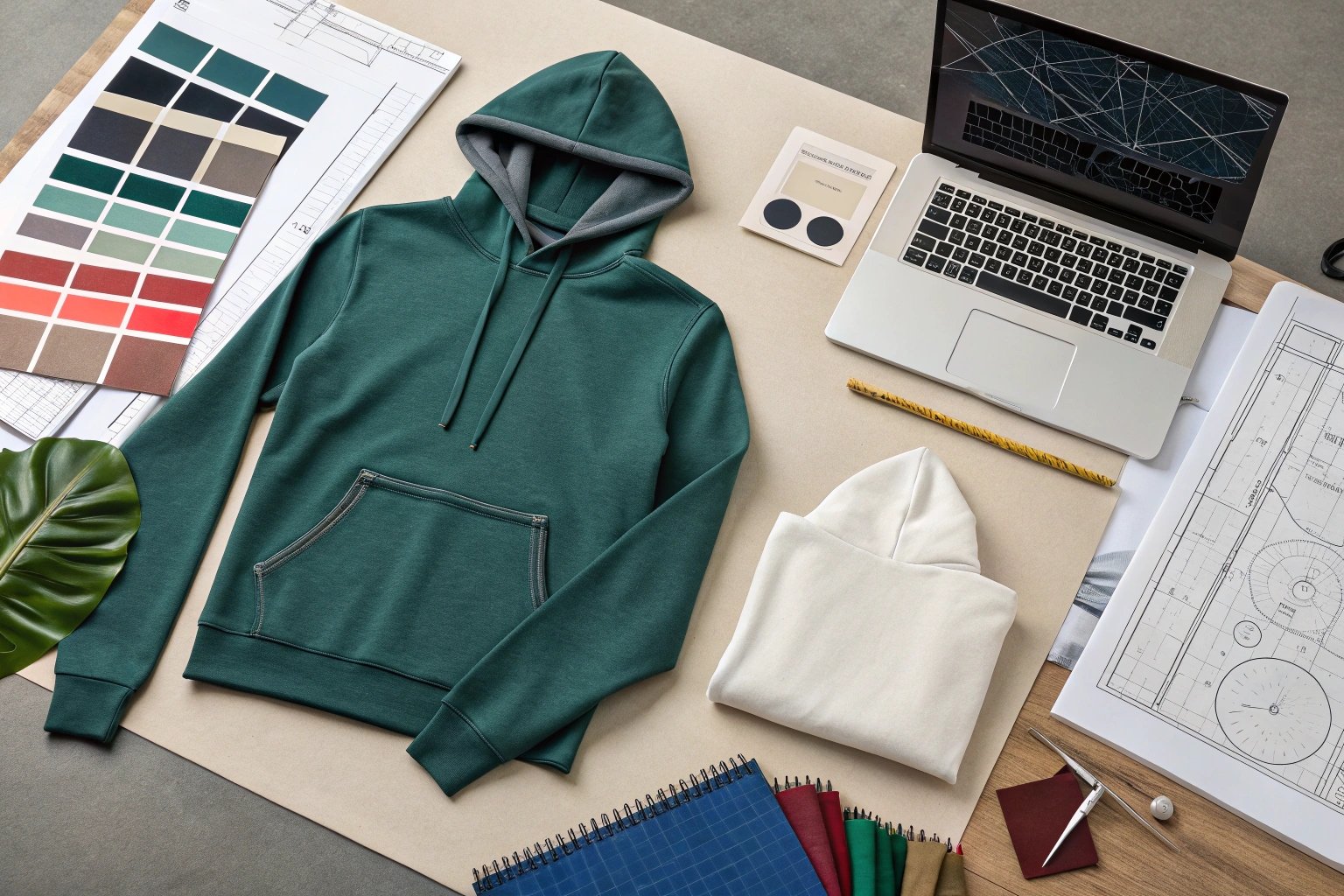
Before ordering custom hoodies, you need to consider fabric types, print methods, fit styles, and supplier reliability. A clear plan helps avoid quality issues, delays, or brand mismatch.
I’ve helped dozens of apparel clients go from concept to bulk order. Custom hoodie production sounds easy, but poor planning can lead to wasted inventory or worse—a hoodie no one wants to wear. Here’s how to avoid that.
What fabric should you choose for custom hoodies?
Fabric is the foundation of your hoodie. It affects how it feels, how it prints, and how it fits your brand message.
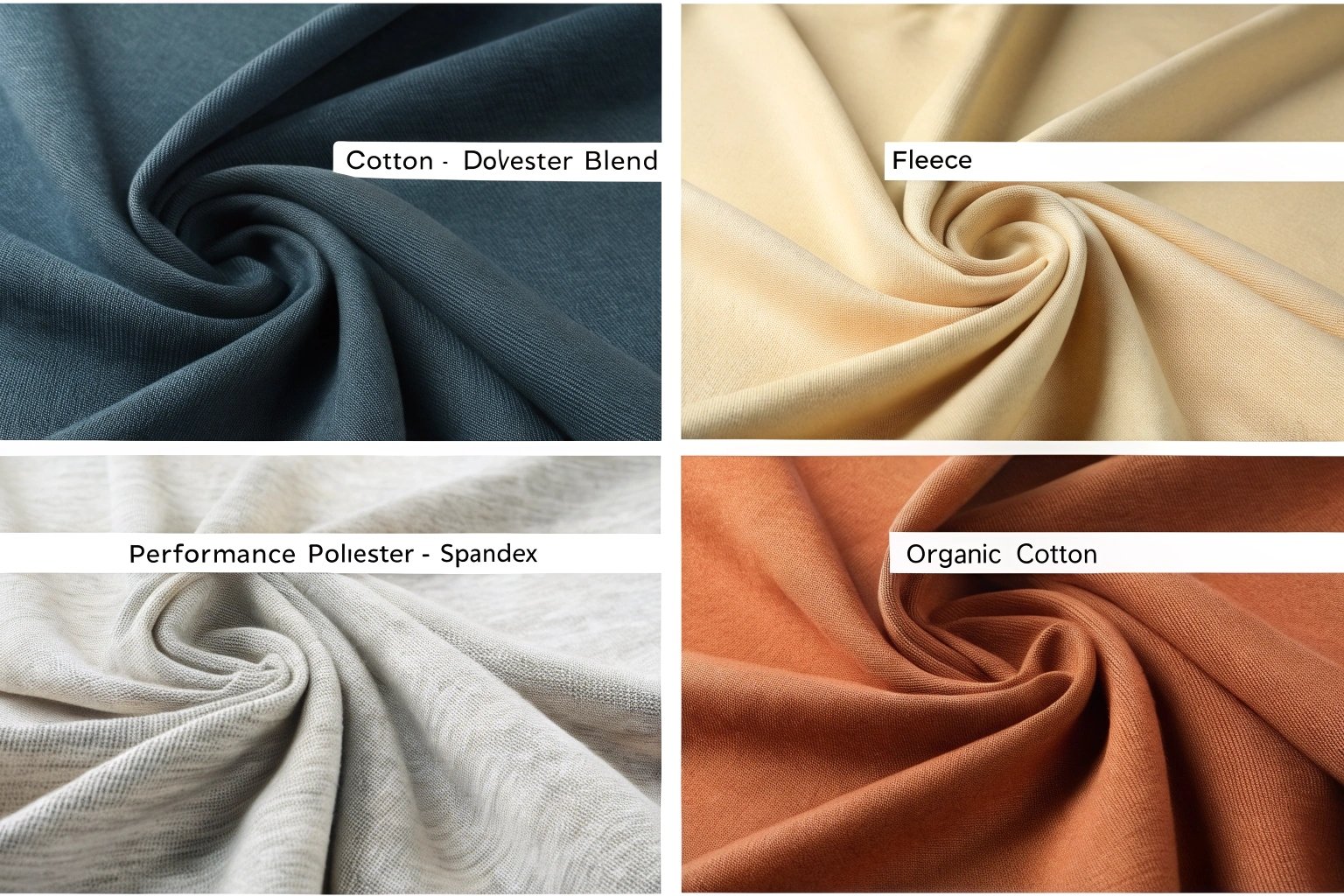
Cotton blends, fleece, and performance fabrics are most common. Cotton blends offer softness and durability. Fleece brings warmth. Performance fabrics suit active or premium streetwear lines.
If your brand targets everyday comfort or casual fashion, go with cotton-polyester blends. For winter or cozy collections, fleece-lined options are best. Want a sportier or modern look? Use polyester-spandex blends with moisture-wicking finish.
| Fabric Type | Brand Message Fit | Key Benefit | Use Case |
|---|---|---|---|
| Cotton-Poly Blend | Casual, all-purpose | Soft, strong, easy-care | Lifestyle brands, e-commerce |
| Fleece | Warm, cozy | Heat retention | Winter drops, loungewear |
| Performance | Modern, active | Stretch, dry-fast | Gymwear, urban brands |
| French Terry | Light, premium casual | Breathable, textured | Spring lines, layering |
Don’t skip fabric samples. Test comfort, stretch, and wash durability before finalizing.
How does printing method affect your hoodie branding?
Your logo’s look depends on the method you choose—and each has tradeoffs.
Screen printing offers vibrant, durable prints for bulk runs. Embroidery looks premium. Heat transfers allow full-color designs but may crack over time.
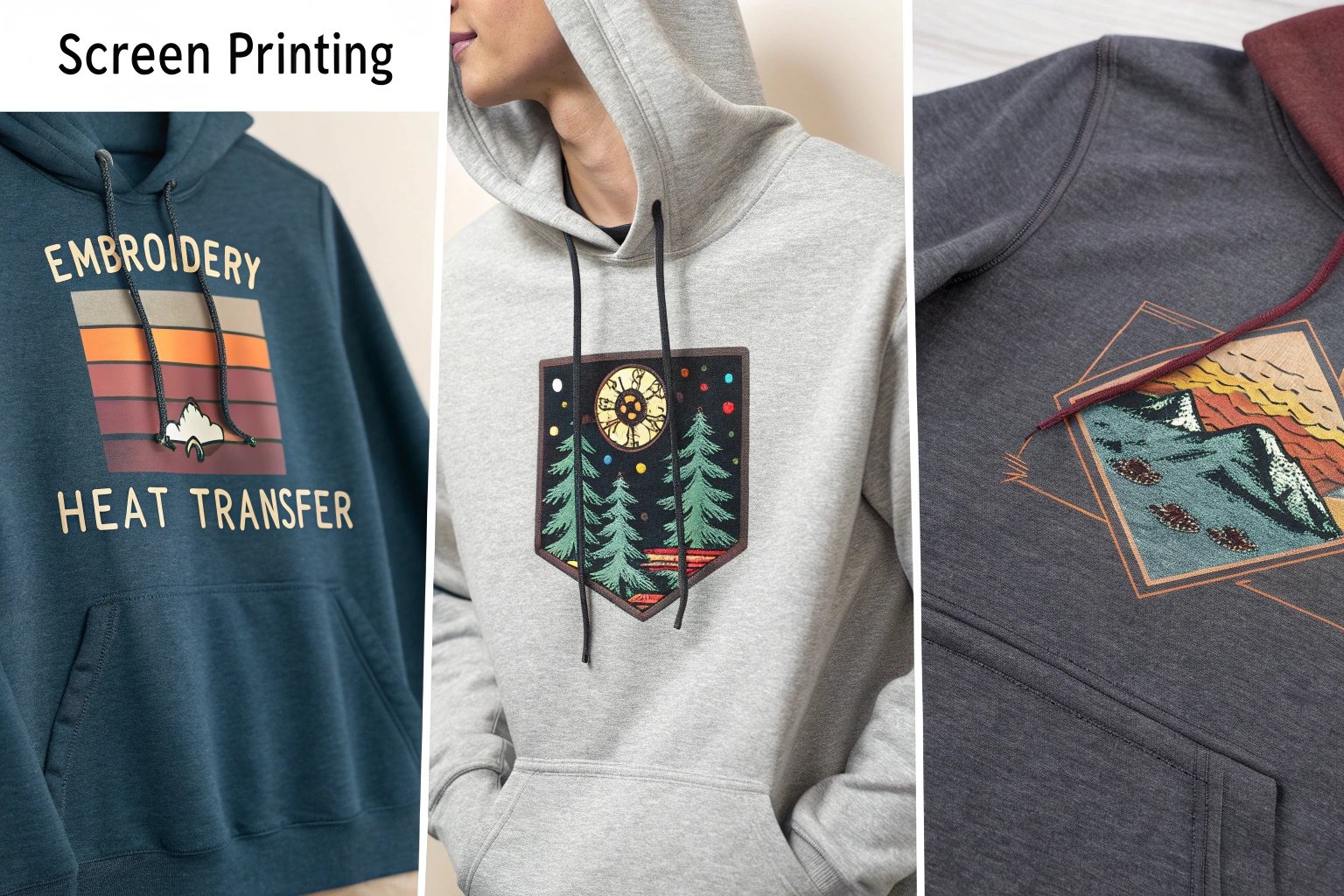
For large logo placements, I often recommend screen printing. It holds up well after many washes and works on cotton blends. Embroidery is perfect for small logos on the chest or sleeve—it feels elevated and professional. Just avoid embroidery on lightweight fabric—it can sag.
| Method | Best For | Pros | Cons |
|---|---|---|---|
| Screen Printing | Bulk, bold logos | Long-lasting, affordable | Limited color layers |
| Embroidery | Premium, subtle logos | Textured, high perceived value | Heavier, costly |
| Heat Transfer | Photo prints, small runs | Full color, flexible | May peel or crack |
| DTG (Direct to Garment) | Full-color art | No setup, soft finish | Not ideal on dark fabrics |
Choose your method based on quantity, budget, and fabric compatibility.
What fit should your custom hoodie follow?
The wrong fit turns your custom hoodie into deadstock. Always define who will wear it and how.
Popular fits include classic, oversized, cropped, and slim-fit. Your audience’s age, gender, and brand vibe should guide your choice.
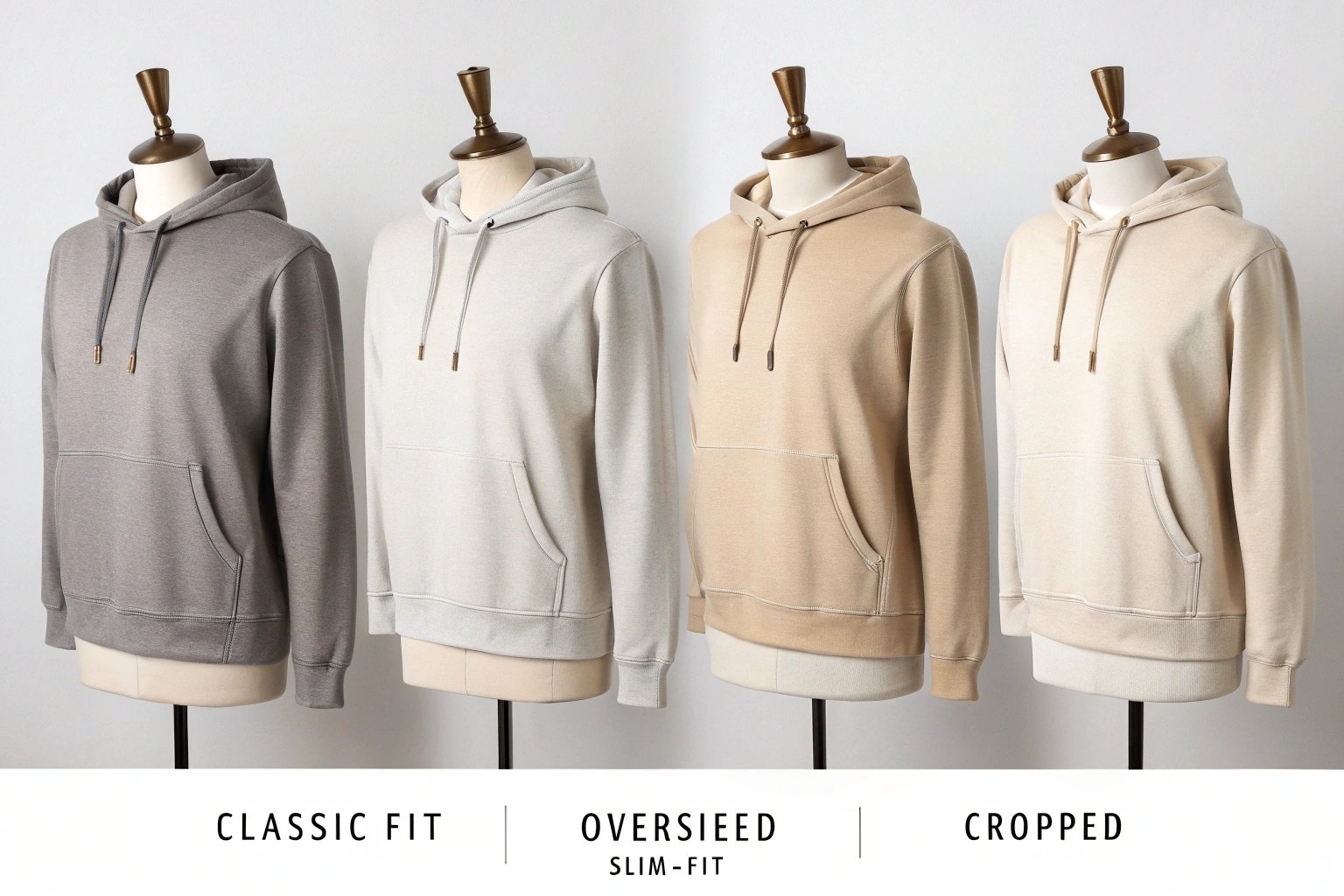
If your brand leans streetwear, oversized or drop-shoulder fits are trendy. For activewear, go for streamlined fits with added stretch. Retail basics still favor classic or unisex cuts that work for most bodies.
Always request samples in each size range. A "medium" in one factory might fit like a small elsewhere.
Should you go with unisex or gender-specific sizing?
This one depends on branding and customer base. There’s no one-size-fits-all answer.
Unisex sizing simplifies inventory, while gender-specific fits offer tailored silhouettes.
I recommend unisex for early-stage brands or limited runs. It helps reduce SKUs and size confusion. But if your audience leans heavily female or fashion-forward, you’ll want tailored fits—especially cropped or cinched styles.
Consider running a poll on your social media if you’re unsure.
How many should you order for your first run?
Minimum order quantity (MOQ) can make or break your startup budget.
Start with small batches of 100–300 pieces per style, unless your supplier offers lower MOQs for test runs.
Don’t overestimate demand. I’ve seen brands stuck with stock they couldn’t sell because they skipped market testing. Many suppliers now offer low MOQs for first-time buyers, especially on Alibaba or similar B2B platforms.
Break up your order by size and color based on expected customer preferences. Size charts help, but your audience’s habits matter more.
How do you find a reliable hoodie manufacturer?
The right partner ensures quality, timeliness, and communication.
Look for manufacturers with strong fabric sourcing, consistent QC processes, and clear lead times. Always ask for samples and factory certifications.
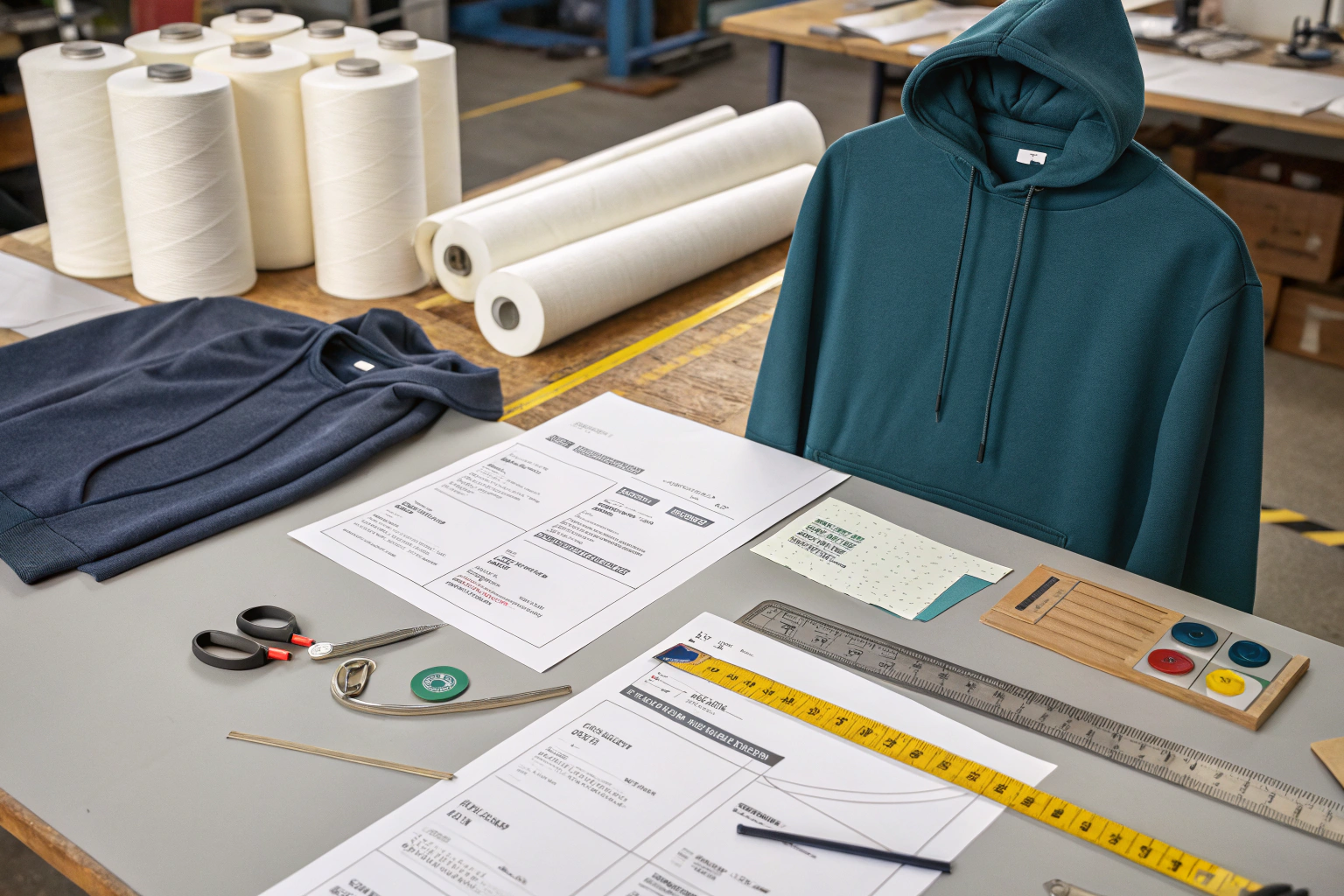
I work with a few factories in China that offer integrated design and production services. This shortens the lead time and cuts middlemen. Ask if they support custom labeling, packaging, and OEM/ODM options.
Important checklist:
- Do they provide swatches?
- Do they support tech packs?
- What’s their refund or defect policy?
- Can they show third-party test reports (like OEKO-TEX)?
What branding elements should be included beyond the print?
A branded hoodie is more than a logo on the chest. Details matter.
Labels, zipper pulls, inside neck prints, hang tags, and packaging all contribute to your brand identity.
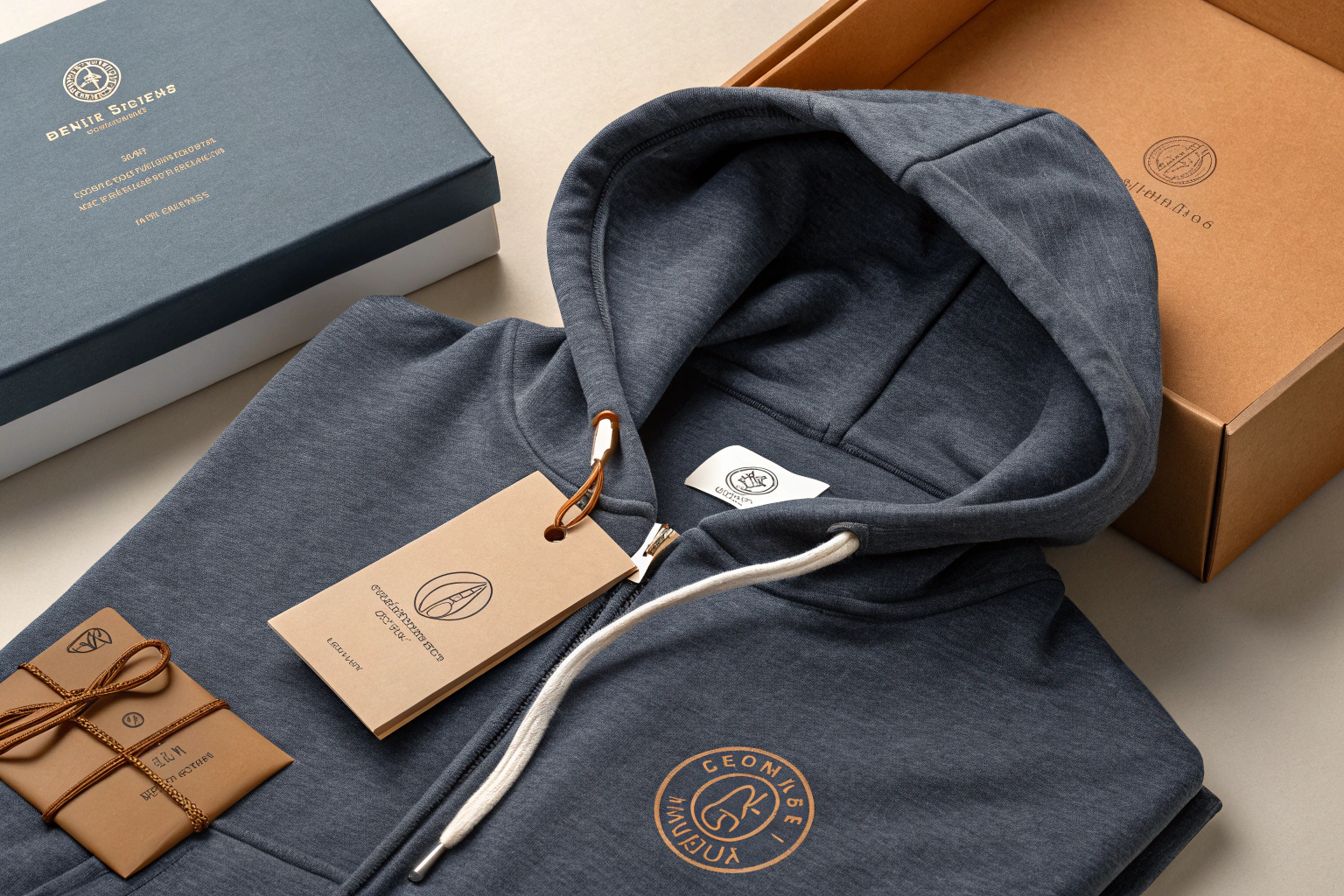
I’ve worked on projects where inside labeling made the product feel instantly high-end. It’s also smart to include care instructions and fabric content in custom neck tags—especially for retail. Think of the full unboxing experience.
What common mistakes should you avoid?
Many brands waste money not because they ordered too little—but because they ordered wrong.
Rushing the order, skipping samples, and ignoring size feedback are top mistakes. Always test before going big.
I’ve seen clients forget to proof read artwork or assume one sample reflects final bulk quality. Always confirm stitching, fabric stretch, and logo size placement before bulk production. Use photo and video approvals where possible.
Conclusion
Ordering custom hoodies for your brand is a powerful move—but it needs smart planning. Start with the right fabric for your audience, whether that’s a breathable cotton blend hoodie, a cozy fleece style, or a sleek performance hoodie. Choose print and fit styles that match your brand identity. Work with a trusted manufacturer who supports low MOQs, flexible sizing, and clear QC standards. And don’t overlook branding elements beyond the logo—labels and packaging matter too. When done right, custom hoodies don’t just build brand loyalty—they become walking billboards for your business.

